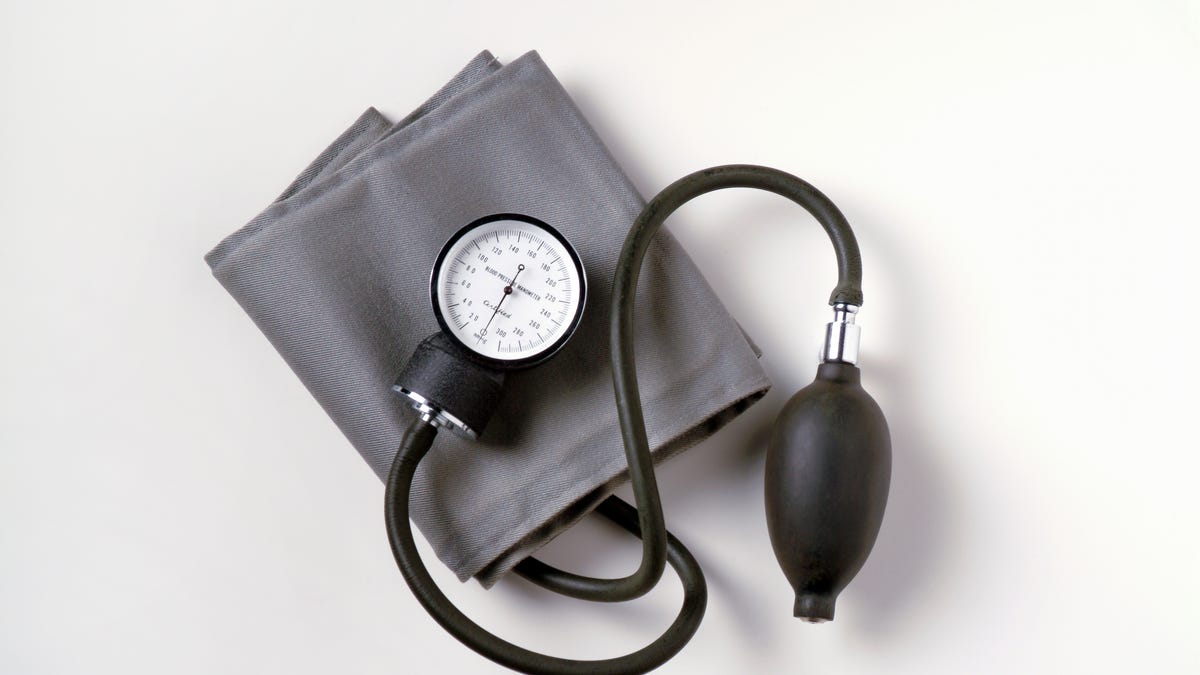Number of people with high blood pressure has doubled in 30 years, global study finds
While high blood pressure remains a common concern in the US, better access to treatment helps people manage it compared with other countries, the research suggests.

The number of people in the world who are living with high blood pressure doubled from 1990 to 2019, according to research funded by the World Health Organization.
The study was published this week in The Lancet, a medical journal, and looked at data from smaller studies including 104 million participants ages 30 to 79 from 184 different countries and territories. Worldwide, researchers found that the number of people with high blood pressure, also known as hypertension, doubled from 648 million people in 1990 to 1.28 billion in 2019.
In the study, researchers defined high blood pressure as a systolic blood pressure measure of 140 mm Hg or higher (top number of a blood pressure reading), a diastolic blood pressure reading of 40 mm Hg or higher (the bottom number) or as requiring medication for hypertension.
Read more: How to take your blood pressure at home
Importantly, researchers found that less than half the people with high blood pressure were being treated for it, and of those being treated, less than half had their hypertension under control.
Hypertension can be easily detected through measuring blood pressure, according to the WHO, and can be treated with low-cost medications. High blood pressure, also called the "silent killer," increases your risk of kidney, heart and brain diseases and is one of the top causes of death worldwide.
Researchers said that some improvements in hypertension treatment and control rates in upper-middle-income countries and recently high-income countries over the last 30 years show that expanding health coverage and primary care "can be leveraged to enhance hypertension care and reduce the health burden of this condition." Sub-Saharan Africa, Oceania and south Asia have the lowest rates of detection, treatment and control, researchers said.
"It is a public health failure that so many of the people with high blood pressure in the world are still not getting the treatment they need," said Majid Ezzati, senior author of the study and professor of global environmental health at the School of Public Health at Imperial College London.
In the US, nearly half of adults have high blood pressure, according to the US Centers for Disease Control and Prevention. The CDC defines high blood pressure as a systolic reading of 130 mm Hg or more, a diastolic reading of 80 mm Hg or more or requiring medication for hypertension.

